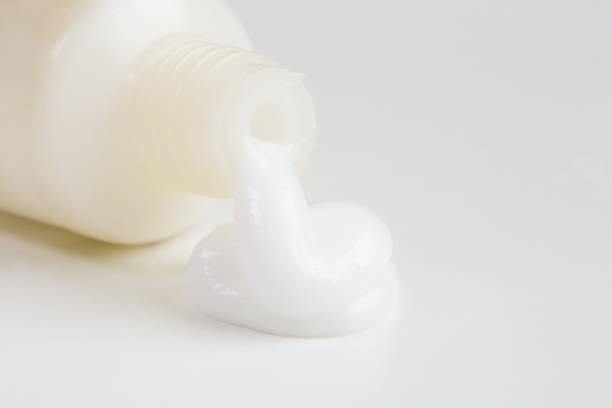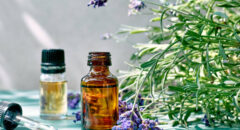
As winter winds leave your skin dry, cracked and prone to cuts and bleeding, a skin expert says you should resist the urge to use antibiotic creams or ointments.
While it might seem sensible to use antibiotic topicals to combat germs and prevent infection with cuts, they can irritate your skin even more and cause a painful and/or itchy rash called contact dermatitis, dermatologist Dr. Marcelyn Coley warns.
"In addition to causing irritation and a rash, the widespread use of antibiotics -- including in instances when they aren't needed -- has contributed to a major public health challenge known as antibiotic resistance," Coley said in an American Academy of Dermatology news release.
What is antibiotic resistance?
"Antibiotic resistance occurs when germs, such as bacteria, develop the ability to survive the drugs designed to kill them," she explains. "That means the germs continue to grow. This makes infections caused by antibiotic-resistant germs difficult -- and sometimes impossible -- to treat."
RELATED: 3 Ways You’re Misusing Antibiotics – Without Even Knowing It
When are antibiotics needed?
Most minor cuts and wounds, and even surgical wounds, do not require antibiotics, Coley shares.
The only time antibiotics are typically needed is when there is an infection. Signs of infection include:
- Pus
- Pain
- Yellow crusts
- Red or purple skin
- Reddish streaks
- Swelling or warmth
- Feeling very hot or cold
- Fever
What are the alternatives to antibiotics?
If your wound doesn't have any signs of an infection, skip the antibiotics and take the following steps instead, Coley advises:
- Keep your skin injury clean. Wash your hands before touching the wound, and gently wash the wound daily with mild soap and water to keep out germs. As long as the wound is cleaned daily, an antibiotic ointment isn't needed.
- Apply plain petroleum jelly to keep the wound moist. Use petroleum jelly from a tube instead of a jar to prevent the spreading of dirt and bacteria.
- Keep your wound covered with an adhesive bandage. For large scrapes, sores or burns, hydrogel or silicone gel sheets may be better.
When to see a doctor
In some cases, you’ll need to see your doctor to treat a wound. Examples of when you may need to seek medical attention include:
- If the wound won’t stop bleeding
- If you can see muscle and fat through the wound
- If you can’t get all the dirt and debris out of it
- If it was caused by an animal bite
- If you have a burn that covers more than 3 inches of skin and is more severe than minor burns
If you experience any of the above, you should call your doctor right away.
Additionally, some wounds or burns may require a tetanus booster shot. This includes wounds that are large, deep, or caused by something rusty.
You should check your vaccination card to see when your last shot was, especially if your burn develops a blister.
If it’s been more than 5 years since your last tetanus shot, contact your doctor to get a booster shot.
"According to the Centers for Disease Control and Prevention, more than half of all antibiotics used in the U.S. are not needed," Coley adds. "If you injure your skin and have questions about how to treat it, talk to a board-certified dermatologist."








